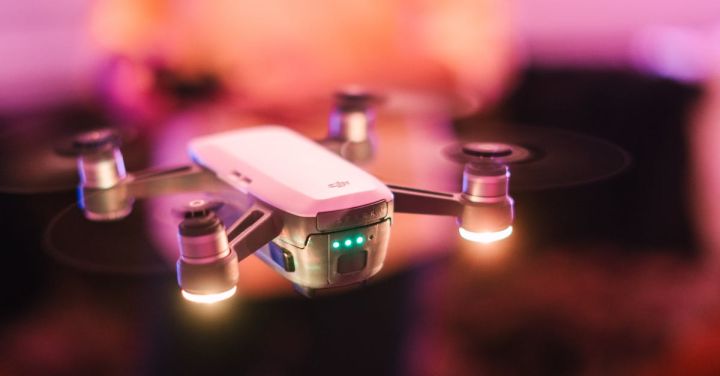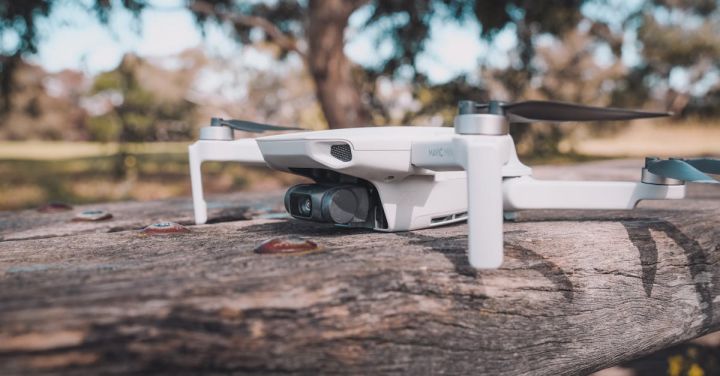What Safety Precautions Should You Take When Flying?
Flying can be an exhilarating experience, whether you’re jetting off to a tropical paradise or heading to a business meeting in another city. While air travel is generally considered safe, it’s important to take certain precautions to ensure your safety and well-being during your journey. From pre-flight preparations to in-flight practices, here are some essential safety measures to keep in mind when flying.
Preparing for Your Flight
Before you even step foot on the plane, there are a few things you can do to ensure a safe journey. First and foremost, make sure that you have all the necessary travel documents, such as your passport and boarding pass, readily available. Keep them in a secure place, such as a travel wallet, to avoid misplacing them.
Additionally, it’s important to pack your belongings wisely. Avoid packing any prohibited items, such as sharp objects or flammable materials, in your carry-on or checked baggage. Familiarize yourself with the airline’s baggage restrictions to ensure compliance and to avoid any potential issues during security checks.
Staying Healthy and Hydrated
Maintaining good health during your flight is essential, especially on long-haul journeys. Air travel can cause dehydration due to the low humidity levels in the cabin. To combat this, drink plenty of water before, during, and after your flight. Avoid excessive alcohol and caffeine consumption, as these can contribute to dehydration.
Another important aspect of staying healthy during air travel is practicing good hygiene. Wash your hands frequently and carry hand sanitizer for times when soap and water are not readily available. Avoid touching your face, especially your eyes, nose, and mouth, to minimize the risk of contracting any airborne illnesses.
Following Safety Instructions
Once you’re on board the aircraft, pay close attention to the safety instructions provided by the flight attendants. Familiarize yourself with the location of emergency exits, oxygen masks, and life jackets. In the event of an emergency, knowing how to react quickly and efficiently can be life-saving.
Always fasten your seatbelt when seated, even if the seatbelt sign is not illuminated. Turbulence can occur unexpectedly, and wearing your seatbelt at all times ensures your safety. If you’re traveling with young children, make sure they are securely fastened in their seats as well.
Avoiding Deep Vein Thrombosis (DVT)
Deep Vein Thrombosis (DVT) is a potentially serious condition that can occur during long flights. It is caused by blood clots forming in the deep veins, usually in the legs, due to prolonged periods of inactivity. To reduce the risk of DVT, make sure to move around the cabin regularly, perform simple leg exercises, and wear compression socks or stockings.
Additionally, staying hydrated and avoiding excessive alcohol and caffeine consumption can help prevent the formation of blood clots. If you have any pre-existing medical conditions or concerns, consult with your healthcare provider before flying.
Conclusion
Flying can be a safe and enjoyable experience if you take the necessary safety precautions. From preparing for your flight to following safety instructions on board, being mindful of your health and well-being is essential. By adhering to these safety measures, you can ensure a smooth and secure journey to your destination. So, buckle up, stay hydrated, and enjoy your flight!







